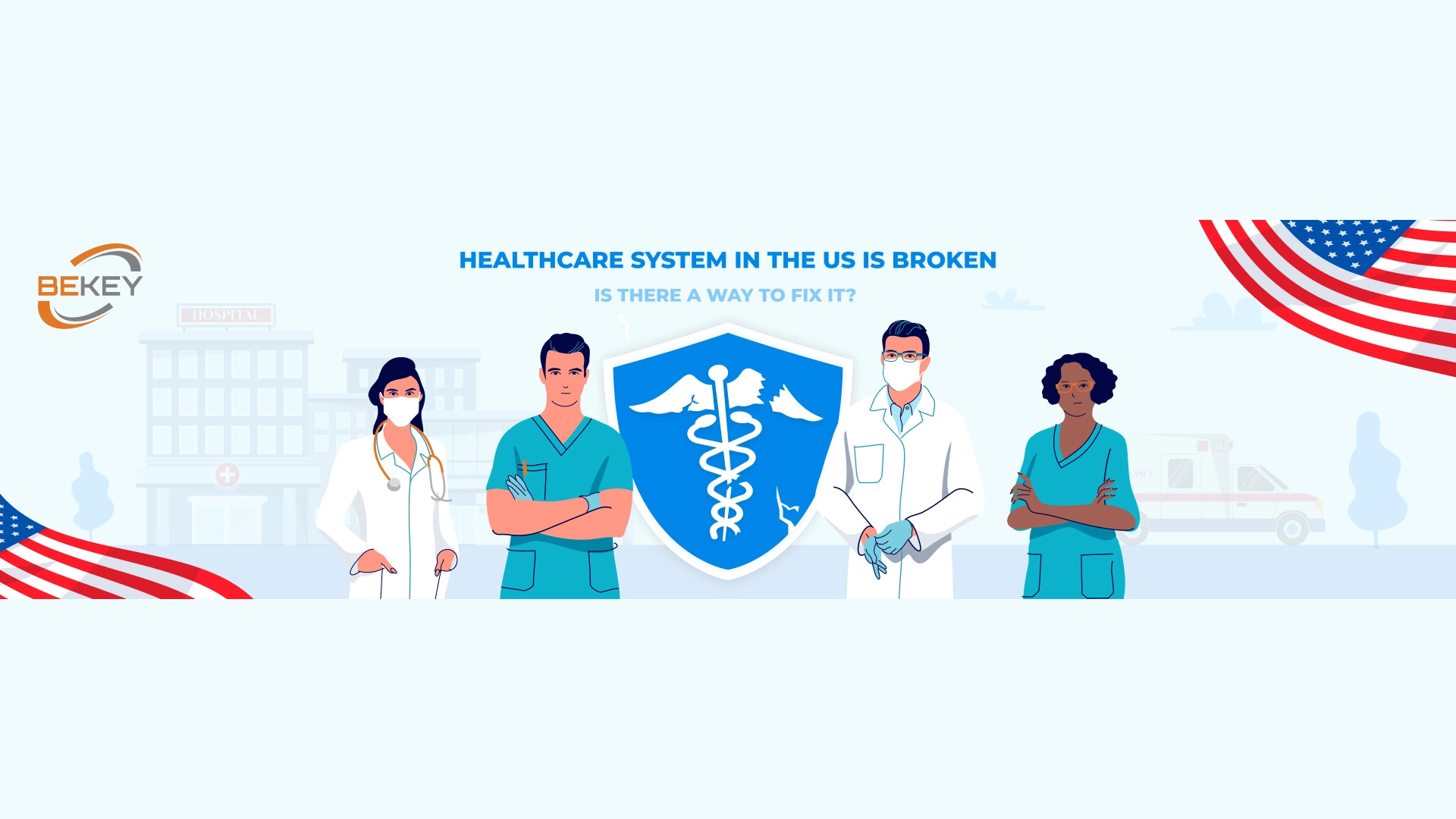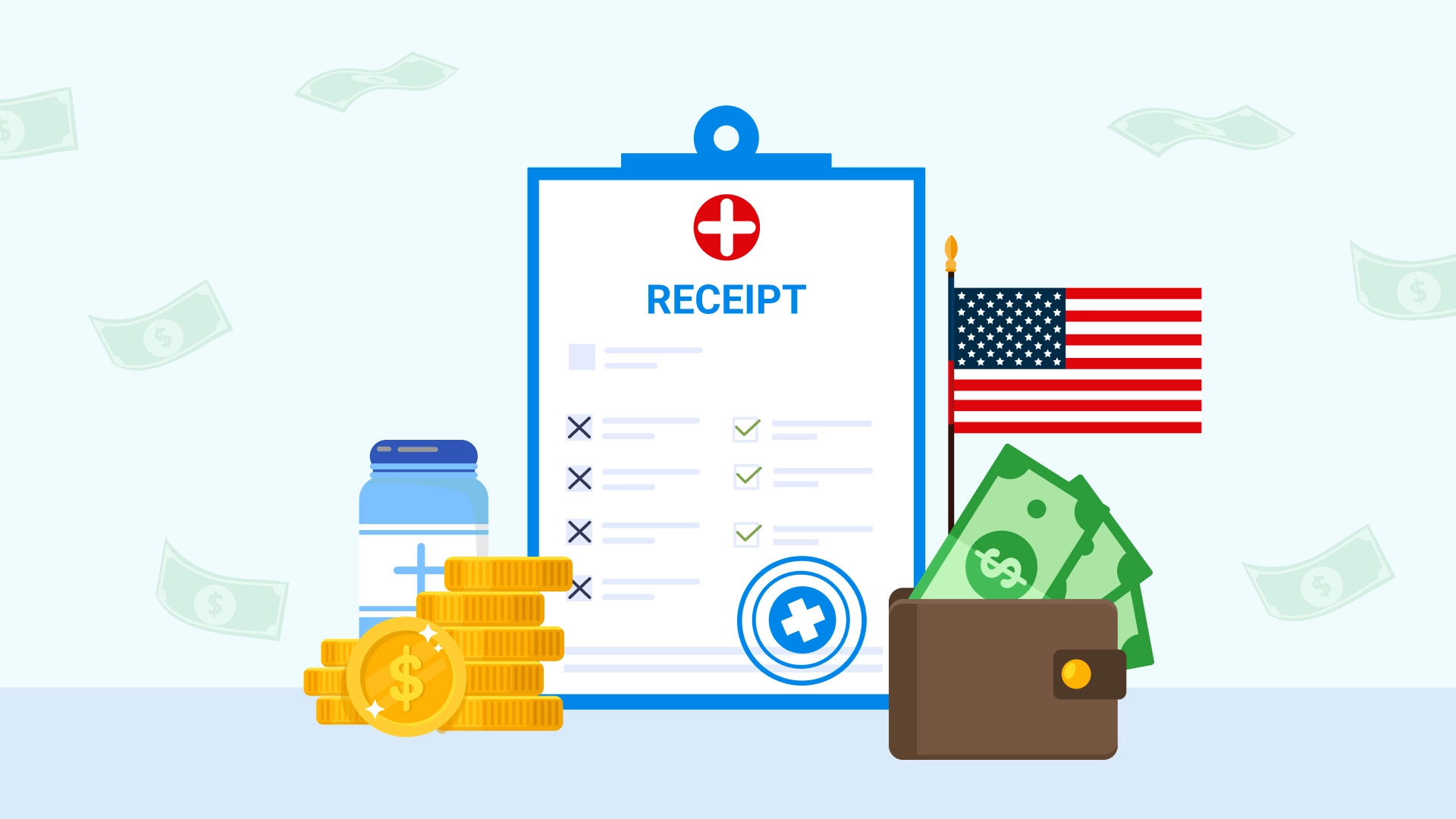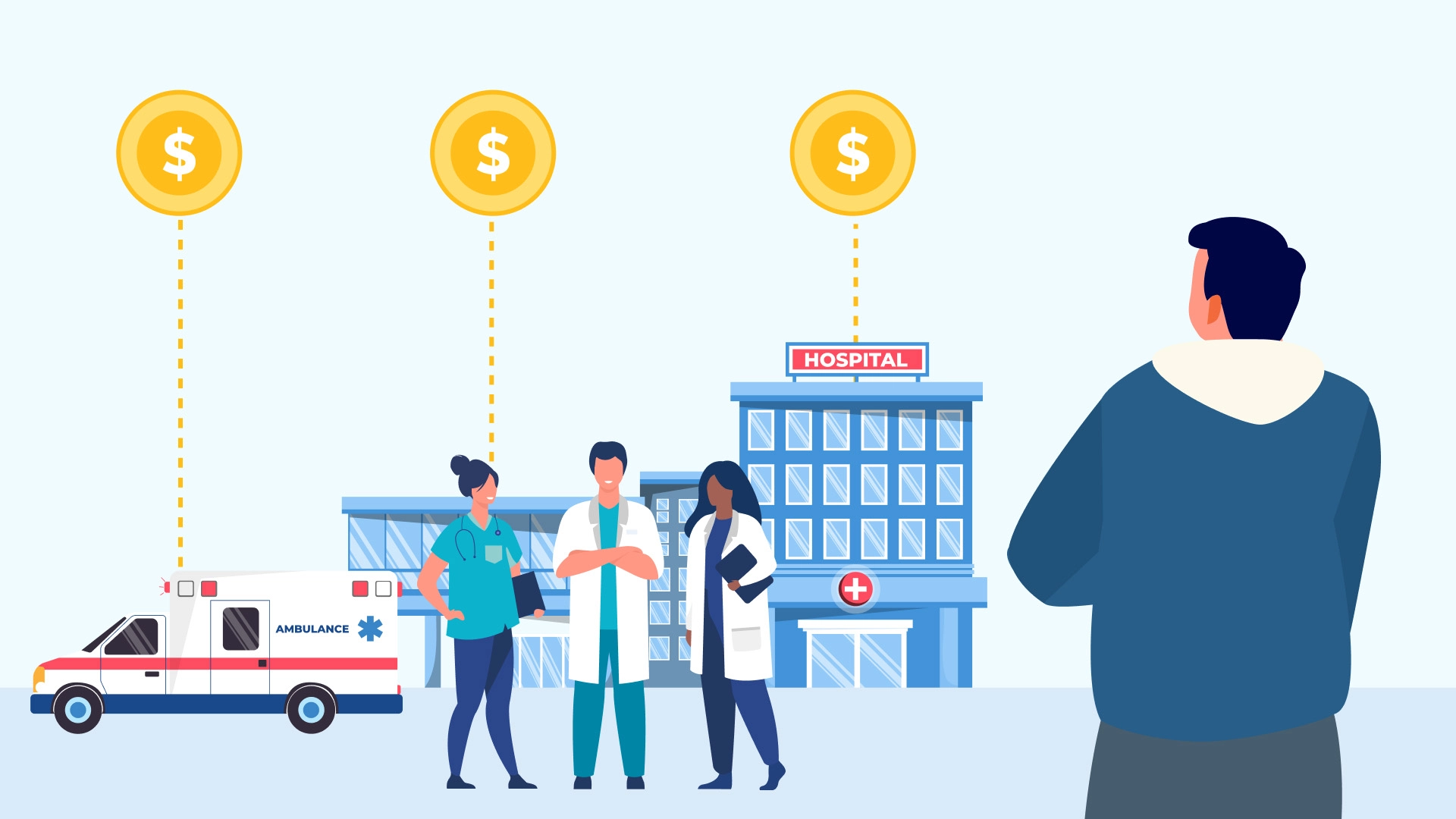

Healthcare System in the US is Broken. Is There a Way to Fix It?
A recent report by the “Clinician of the Future” even more strongly suggests that the health care system in the United States feels not very good. According to it, up to 47% of medical workers plan to leave their positions by 2025. The global survey also found that 71% of doctors and 68% of nurses believe their work has changed significantly over the past ten years, with many saying their work has worsened.
Unfortunately, the situation only degrades if these statistics are considered in the context of the general economy. There is no secret that the American population is aging. By 2040, the number of adults over 85 (literally, the group most likely to need help with primary personal care) is expected to nearly quadruple. If you go back to our first paragraph and combine this data with the number of health care workers planning to retire soon, the skilled care shortage will overburden an already crippled system.
Health care affordability is perhaps the most pressing issue facing average Americans every day. According to the Organization for Economic Co-operation and Development (OECD) Health Statistics, the United States spent approximately $12,318 per person on health care last year — the highest per capita health care expenditure among all OECD countries. Information for comparison: Germany was the second-highest country with health care spending per capita of about $7,383, while the average for rich OECD countries (excluding the United States) was only $5,829 per person. Such comparisons show who spends a disproportionate amount of money on health care here. You might think that Americans use more healthcare than people in other countries and the services they get are undoubted of high quality. Whether it is so or not — we will consider it further.
Why does Healthcare Cost So Much in the US?
Healthcare costs are determined by utilization (the number of services used) and price (the amount charged for the service). An increase in these factors can lead to higher healthcare costs. Despite spending almost twice as much per capita on health care, the rate of medical use in the United States is not significantly different from that of other wealthy OECD countries. Thus, prices are the main driver of the cost gap between the United States and other wealthy countries. Prices in the United States tend to be higher regardless of user level. The Peterson-Kaiser Health System Tracker notes that the United States has shorter hospital stays, fewer angioplasty surgeries, and more knee replacements than comparable countries. Still, the prices for each are higher in the United States.

There are many possible factors why the cost of health care in the United States is higher than in other countries. First, there is an apparent consolidation of hospitals, leading to a lack of competition. US residents pay more for each interaction with providers. However, there is some fragmentation here: some Americans have comprehensive and affordable health insurance, while others have little to no coverage. And at the same time, more than 54% receive health insurance through their employer. This lack of choice limits competition, which raises costs. Second, health care is characterized by inefficiencies and administrative waste that result from the complexity of the US health care system. They spend more than $1,000 per person on administrative costs, five times more than the average in other wealthy countries.
More health spending, of course, has benefits if it improves outcomes, but healthcare in America is no better than in other developed countries. The United States does indeed fare worse on common health indicators, such as life expectancy, infant mortality, and uncontrolled diabetes.
What It Looks Like if You are a Patient
It would seem that the US has everything to be considered a medical paradise: the world’s most famous hospitals and surgical centers, the most prestigious medical training programs, and the latest drugs and devices that have no equal. But despite all this, America “boasts” the world of the lowest number of doctors per capita and the highest number of chronic diseases and suicides.

“Kaiser Health News” regularly finds numerous cases where patients were billed for astonishing amounts even with health insurance. Among all the complaints analyzed by the researchers are the following: one man received a bill for $3,600 when he was taken to a hospital seven kilometers from his home. Another is for $8,460 because the hospital he was taken initially to couldn’t help, so he was sent to another one. One woman got into a car accident and received a bill for $26,400: the ambulance called a “trauma team” before arriving, even though she did not need it.
Sometimes, though not always, such surprise bills can be disputed or negotiated with the hospital to reduce the amount. In the US, there is an army of lawyers who specialize in lawsuits against doctors and manufacturers of medical drugs and products. Such lawyers who actively offer their services to newly injured people are jokingly called “ambulance chasers.”
The COVID pandemic did not improve the state of affairs and patients’ trust in medicine. According to information from the Centers for Disease Control and Prevention, in 2020, 41 percent of adults in the United States delayed or avoided medical care — not only for COVID but also for their own chronic diseases. The consequences of gaps in patient care, including missed routine exams, procedures, and vaccinations, are far-reaching and dangerous. In some cases, these treatment delays require unnecessary patient visits, and in worse cases, put patients’ health at risk. These gaps in care reduce patient trust in the health care team, reduce patient and provider satisfaction, and increase costs for patients and the healthcare system.
Pills by the Handful
You won’t hear such words as “I will not poison myself by your chemistry” in America. Among drug-free treatments in the USA are the popular fallacies about rest and drinking warm water. American society is more concerned about excessive medical drugs.
In the past 20 years, the number of medications prescribed to patients has increased. Among Americans 65 and older, 42% take more than five medications. This data is a study done for the Laune Institute. According to another study, 55% of Americans take prescription drugs, averaging four daily pills. An effective influence is exerted by drug manufacturers directly on doctors. The so-called “pain management” has become an expected part of the doctor’s work, by which they are evaluated, including by patients.
Patients may go to different doctors who do not always know what another doctor has prescribed. The consequences of long-term use of certain medical drugs are unknown or hidden. From time to time, a wave rises in the USA regarding the inadmissibility of prescribing excessive amounts of certain medications — psychotropics, antibiotics, opioids.
But at the same time, you can’t buy a few medicines in a pharmacy without a doctor's prescription. And there are no handwritten recipes here. After the doctor has prescribed the treatment during the visit, the hospital representative reports what was named directly to the pharmacy, where the patient collects his medication with his ID.
Are There Options for Improvement?
The US should try to make healthcare professionals feel valued and indispensable. During the 2020 pandemic, there was a habit of applauding doctors every day at 7 pm. Both sides of the healing process need a little more. How best to achieve this?

1. Adoption of telemedicine (currently limited mainly to rural areas) at the legislative level. Research shows telemedicine improves patient outcomes through enhanced monitoring and more vital clinical decision support systems. The result is shorter hospital stays and lower mortality. In addition, it takes the pressure off healthcare workers with irregular schedules and makes their work much more manageable, even logistically.
2. Actively introducing the same AI and chatbots to cover basic patient inquiries — for example, regarding colds, coughs, or fevers. Thus, the client will not need to waste either his or the doctor’s time dealing with such symptoms. This will partially solve the problem of the shortage of specialists, and the remaining ones will have more time to devote to more complex cases.
3. Home care support. Virtual care gives consumers more control over their health. Due to the shortage of primary care providers in the US, wait times for appointments can be prohibitive — not to mention the logistical challenges of calling, confirming, and traveling to meetings. As a result, many patients avoid seeking help until their symptoms become unbearable or even life-threatening. When consumers can easily access a provider from the comfort of their homes, they are more likely to seek medical care. Similarly, evidence suggests that virtual care is more effective in managing chronic conditions. Chronic diseases such as diabetes, obesity, depression, and hypertension are well suited for virtual permanent treatment. These conditions require weekly, daily, or even hourly follow-up, which is impossible if the patient sees their primary care physician only once or twice a year. Continuous virtual care allows patients and doctors to adjust medications, vital signs, and diet quickly.
4. The human psyche decides many things. Investment in mental health remains low, leaving the root causes of many common chronic conditions untreated. Back in 2008, the Mental Health Parity Act was passed, but the US healthcare system is still a long way from meeting its standards. Nearly 75 percent of physicians report increased demand for treatment of anxiety disorders, and 88 percent of Americans have suffered from at least one symptom of depression in the past year. This area can be greatly improved with the help of technology: special applications, individual or group online support, access to specialist advice at any time, etc. will come in handy.
5. Pricing services based on results. The current model rewards providers for not focusing on results. Consequently, they take on greater workloads and are not required to bear responsibility for consequences. When pricing is based on patient outcomes rather than fee-for-service, it helps align incentives among payers, providers, employers, and consumers. This kind of workload can also be partly helped by technology. The systems of online payment and transparent prices with the possibility of comparison can improve the situation here.
Instead of a Postscript
In general, all the listed features of the American healthcare system come down to a single reason: unlike in other developed countries, medicine here is a highly profitable business and not a public good, such as safety, school education, or ecology. And this brings with it both significant advantages and massive problems. Suppose the US can continue to expand telemedicine, emphasizing a virtual first aid approach and shifting pricing to a value-based mode. In that case, patient outcomes could be significantly improved while reducing unnecessary costs. Thus, it will become a natural healthcare system of the future.
Tell us about your project
Fill out the form or contact us

Tell us about your project
Thank you
Your submission is received and we will contact you soon
Follow us
